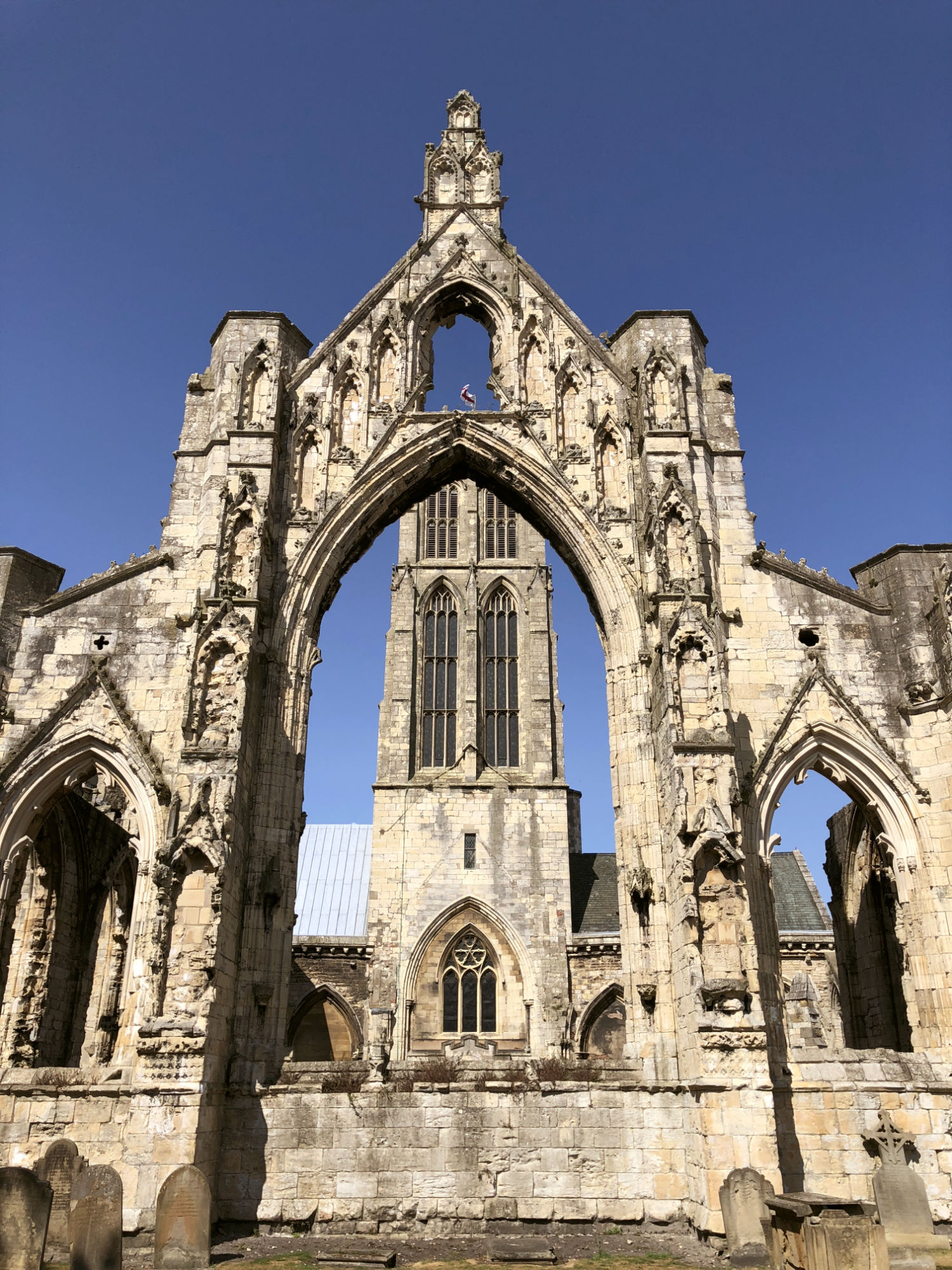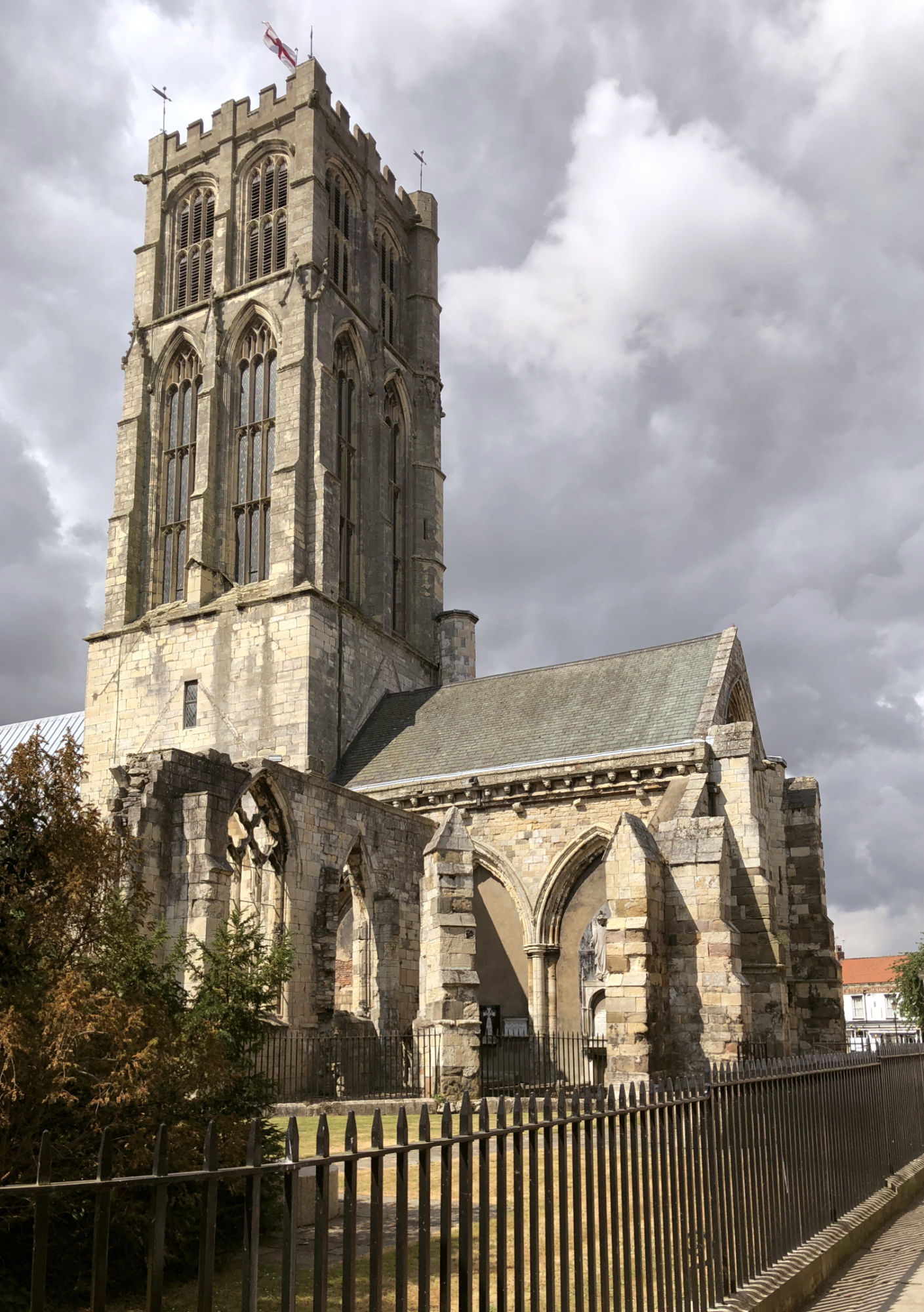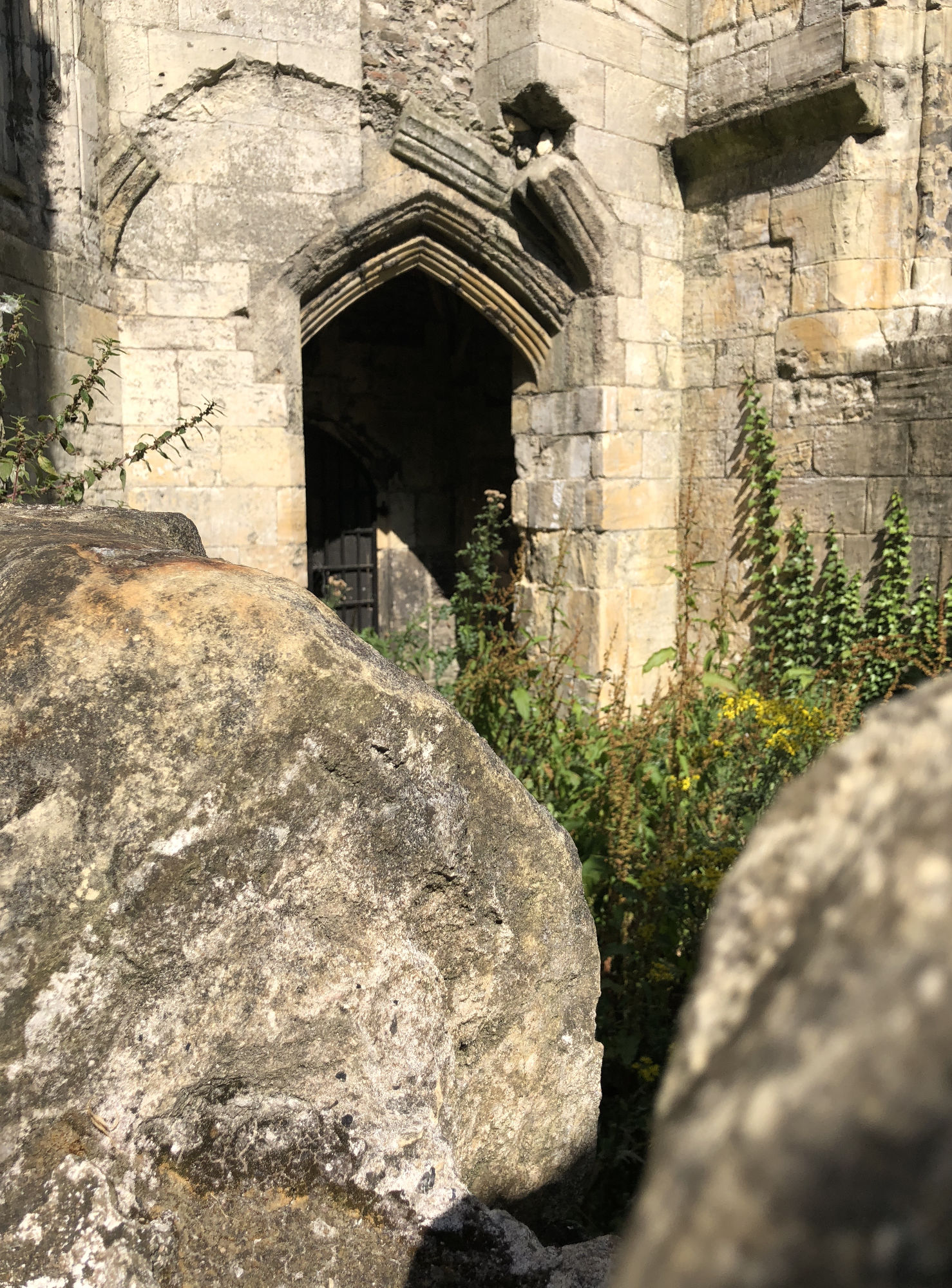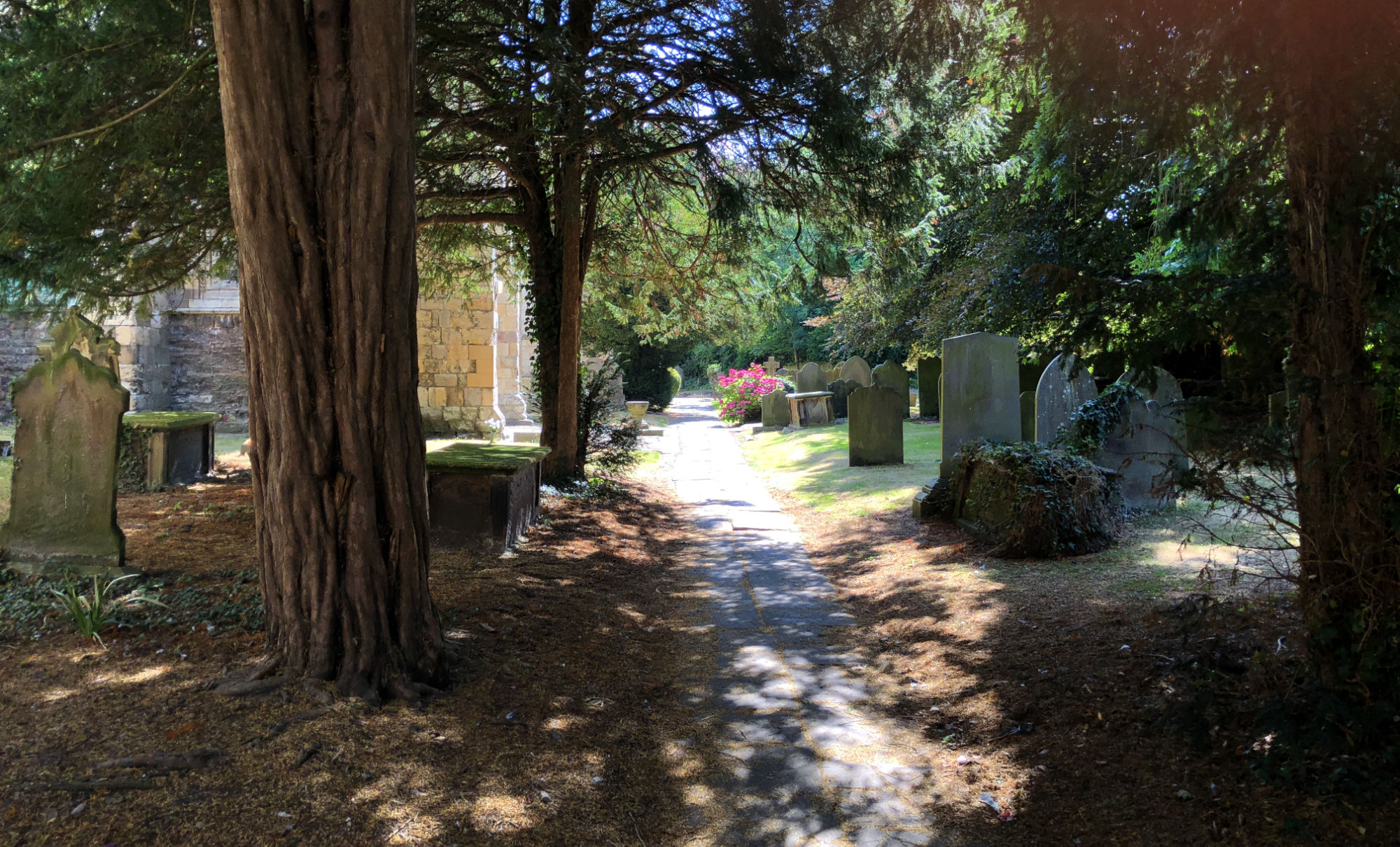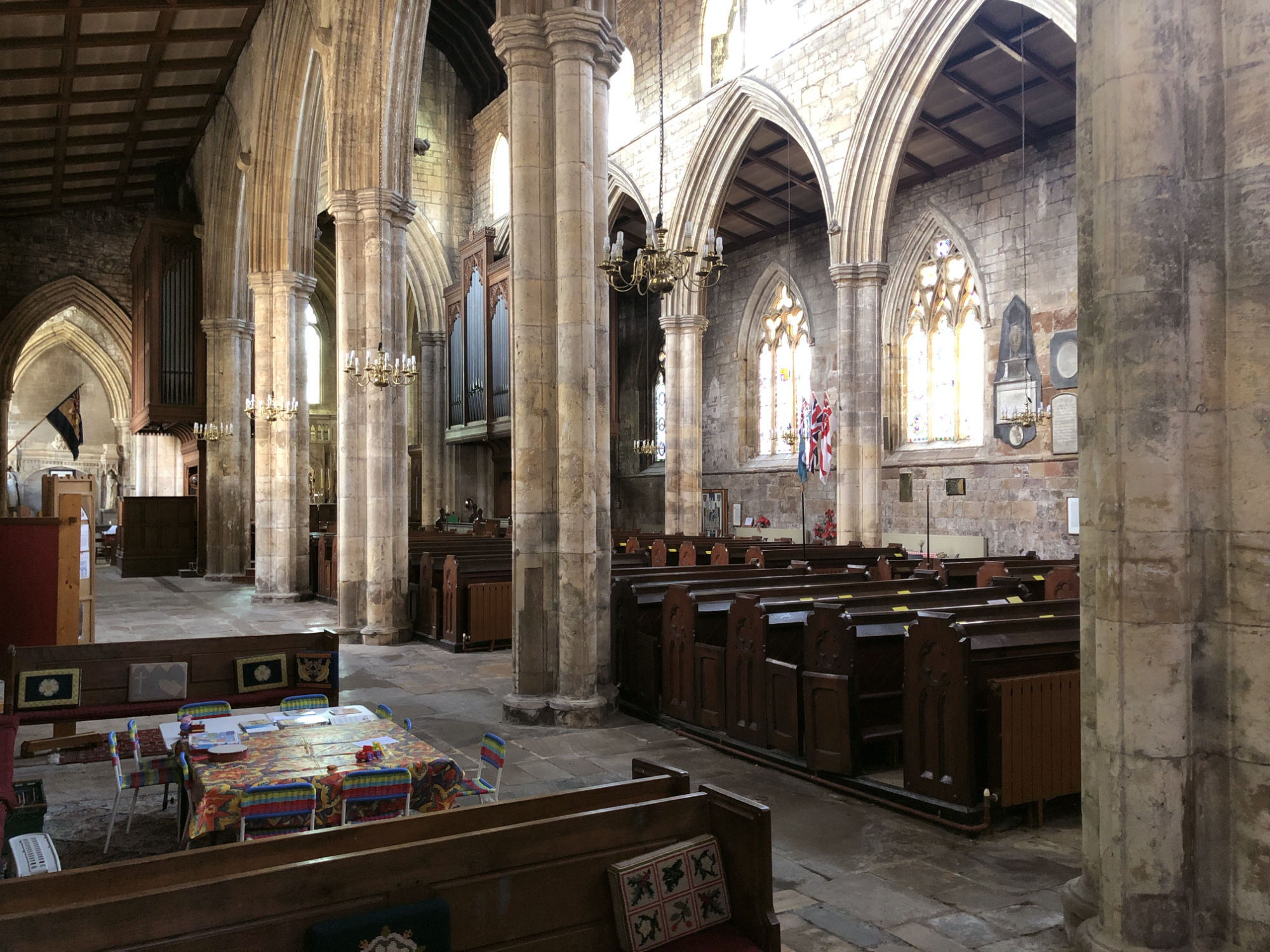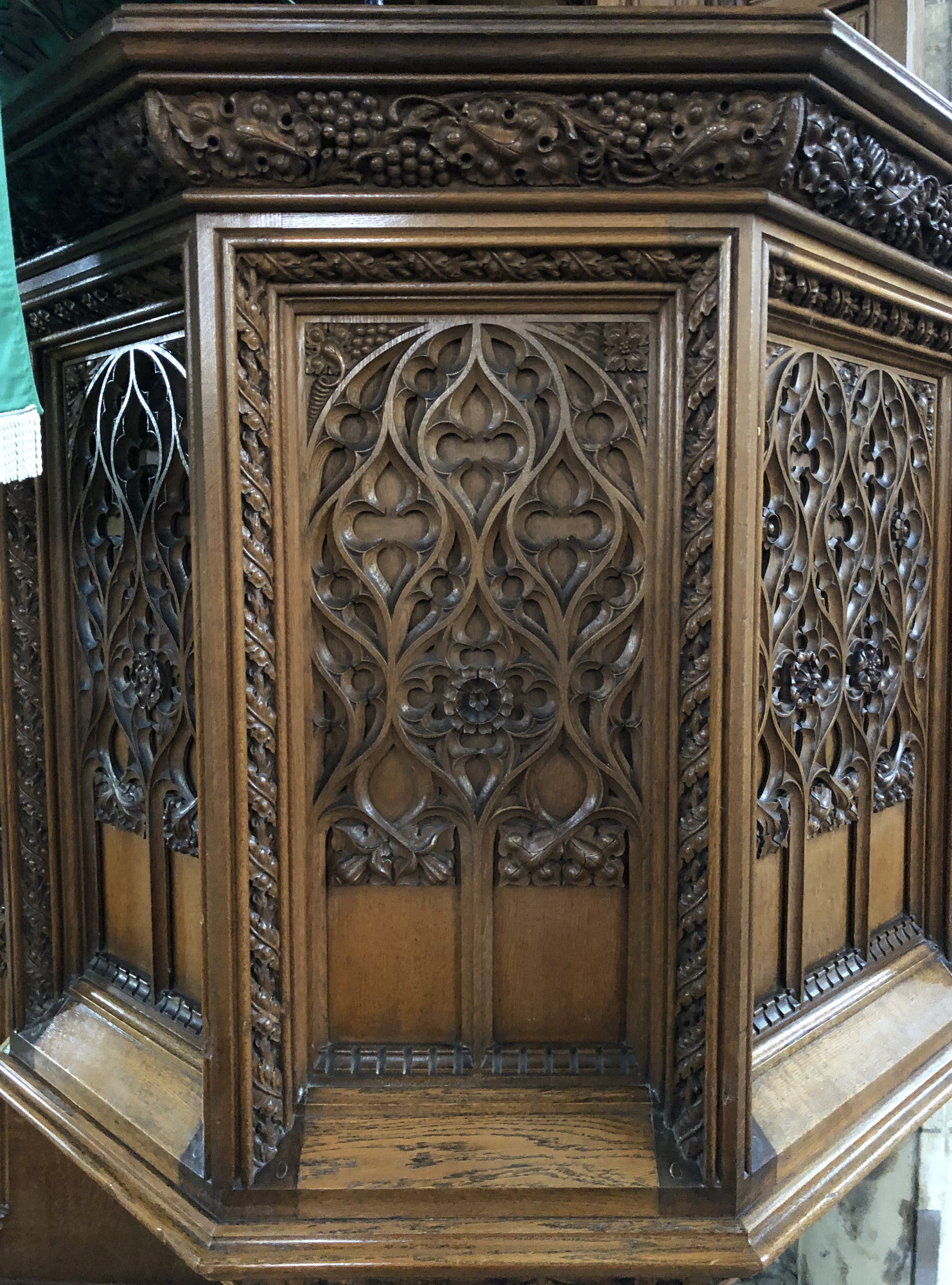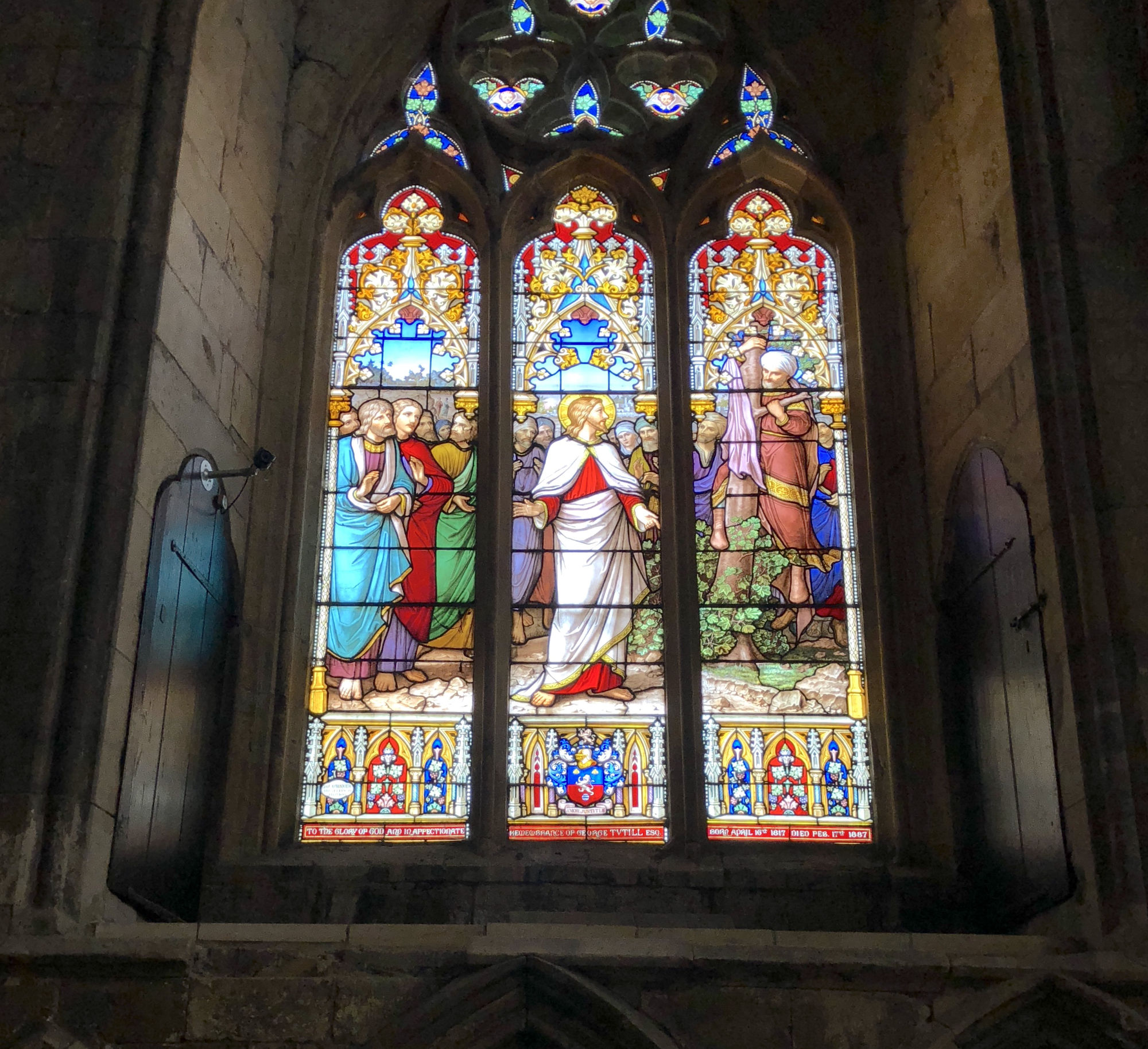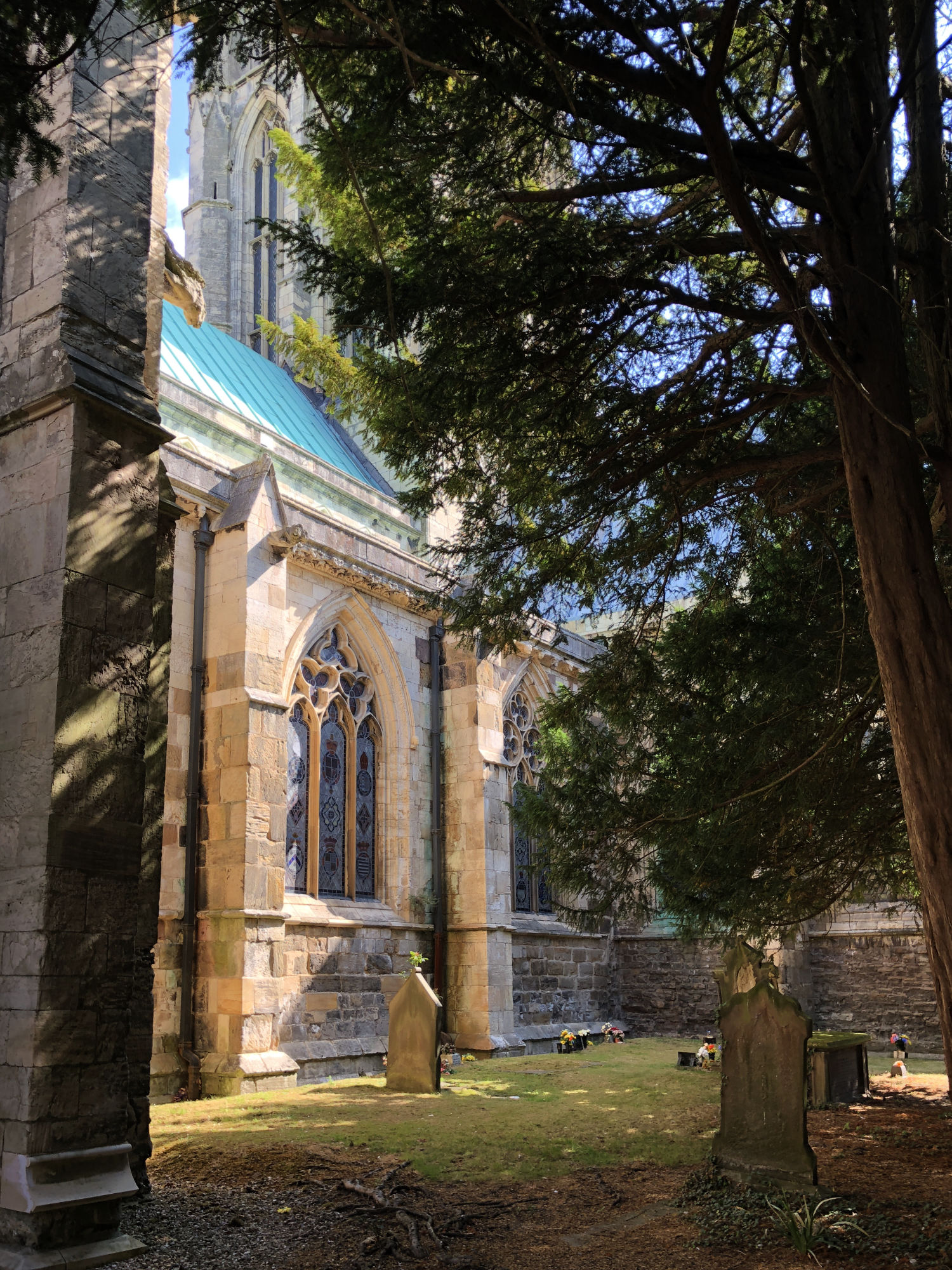Where does the Goforth name come from? In the moment of introduction to strangers, it is a curiosity. It reaches the ears as a shakespearean directive: “Go forth.” Down through the ages this phrase transcends literary contexts, becoming etched into our collective consciousness. In the King James translation of the Genesis creation story, Adam and Eve are blessed by God, and told to “go forth and multiply.” Before the birth of Christ, the Roman poet Ovid wrote in Amores, “Go forth a conqueror and win great victories,” a sentiment simplified in Lord Byron’s Sardanapalus to, “Go forth and conquer!” More recently the phrase entered our cultural lexicon in Mary Shelley’s 1891 introduction to her book Frankenstein, “I bid my hideous progeny go forth and prosper.” If you’re a Goforth, you’ve been teased with these imprinted phrases (their sources long forgotten), complemented, and most certainly asked about the origin of the name.
It’s not a new question. Jonathan Goforth was an acclaimed Presbyterian missionary and revivalist in China at the turn of the century. Born in 1859 in Ontario, he was the son of a Yorkshire immigrant who arrived in Canada in 1840. While on a furlough from his mission work in 1910, Jonathan visited Yorkshire, where the family legend regarding the origin of the name was passed on from his older relatives, which he recorded in his journal:
“Hundreds of years back there was an upright man who had to make a choice between violating his conscience, and leaving his home and loved ones. He chose the latter course and was dubbed ‘Goforth’.”—Jonathan Goforth
Is this the true origin of the Goforth name? It turns out there is more than a kernel of truth to it, which we will explore in-depth in chapter 3, The Voyage of the Martha. But this is also the making of myth—collapsing historic events over the passage of time, retaining the core of their significance, and ensuring their remembrance.
Yorkshire is the right place to begin our investigation. Census records from around the world indicate that, as of 2014, there are about 12,300 Goforths living on our planet, with the vast majority in the United States (about 11,700), followed by England and Canada. After extensive investigation, I can confidently report that nearly all of them trace their ancestry back to Yorkshire, England, and specifically to the ancient shire of Howden, or Howdenshire.
- Pre-18th century border of historic Howdenshire
- Pre-18th century township borders
To find the origin of the Goforth family name, or surname, we must travel from the eastern coast of England in the county of Yorkshire to the port city of Hull, a hub of commerce and the shipping trade to mainland Europe since the beginning of England’s history. From Hull, following the Humber river 20 miles inland through its fork into the Ouse river, we reach Howden.
With a population today of about 4000, Howden’s shops and streets share the timeless character of many villages in north England, but where we might expect to find a quant and sleepy parish church, we instead encounter the massive and beautiful Howden Minster Church, whose tower is featured above the title of this article. Howden Minster is the key that unlocks Goforth origins.
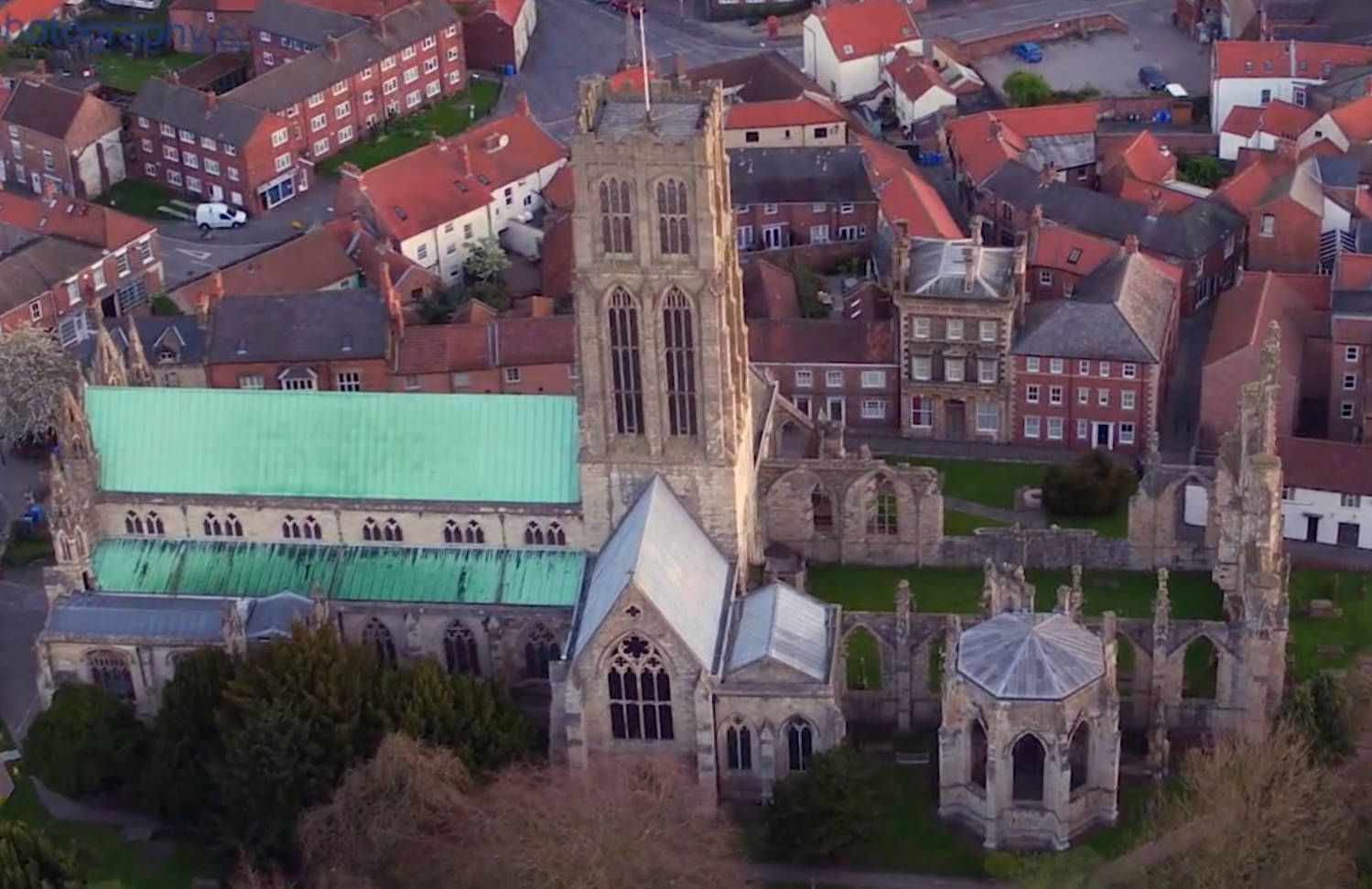
Once an impressive southern outpost of the powerful Bishop of Durham, the church has been in continuous use since the 13th century. During Henry VIII’s turbulent reign (1491-1547), its statuary and relics were mostly destroyed, and tithes supporting its upkeep were redistributed to loyal nobles, leaving the small population of townspeople the costly and ultimately futile job of keeping it in good repair. Despite their best efforts, the cost was unmanageable, and they eventually had to limit their repairs to the tower and nave on the west side, leaving the eastern choir’s roof to slowly disintegrate, finally collapsing during a storm in 1696. The choir remains a ruin today, but the nave and tower have been beautifully preserved.
In this very church, Goforths were baptized, married, and buried for centuries. A parish chest protected the parish registers—the official record keeping book for baptisms, marriages, and burials for the community.

The oldest register, a substantial 8" x 12" book with wooden backs wrapped in leather, records baptisms beginning in 1542. This date is meaningful. Prior to the Reformation in England, recording of baptisms, marriages, and burials were rare. Some parish priests had a practice of recording in a book, or even on the margins of the service books, baptisms and burials of leading local families, but it was hardly common. That all changed in 1538, when Thomas Cromwell, King Henry VIII’s vicegerent, issued an injunction to every parish in England and Wales, requiring the priest, vicar, or curate to record every wedding, baptism, and burial in a book chosen for this purpose, requiring that this book be kept in a chest, locked with two keys—one to be kept by the priest/vicar/curate, and the other by a warden of the church.
These registers are filled with events concerning Goforths, and in the oldest register we find the birth of the first known Goforth—Richardus Gofforth—recorded on April 4, 1550.

Is this as far back as we can go in searching for the origins of the Goforth surname? Not just yet—we still have a few more avenues to explore which will take us further back in time—much further.
Clues emerge when we take a complete accounting of all of the Goforth names in the parish registers. This enormous task was made significantly easier by the Yorkshire Parish Register Society. In 1904, they began publishing the results of their 12-year process of typesetting all of the register entries from Howden Minster, painstakingly translating the archaic letterforms from a variety of hands into the modern english alphabet. By searching digitized copies of these transcriptions, a complete listing of Goforths from Howdenshire can be compiled.
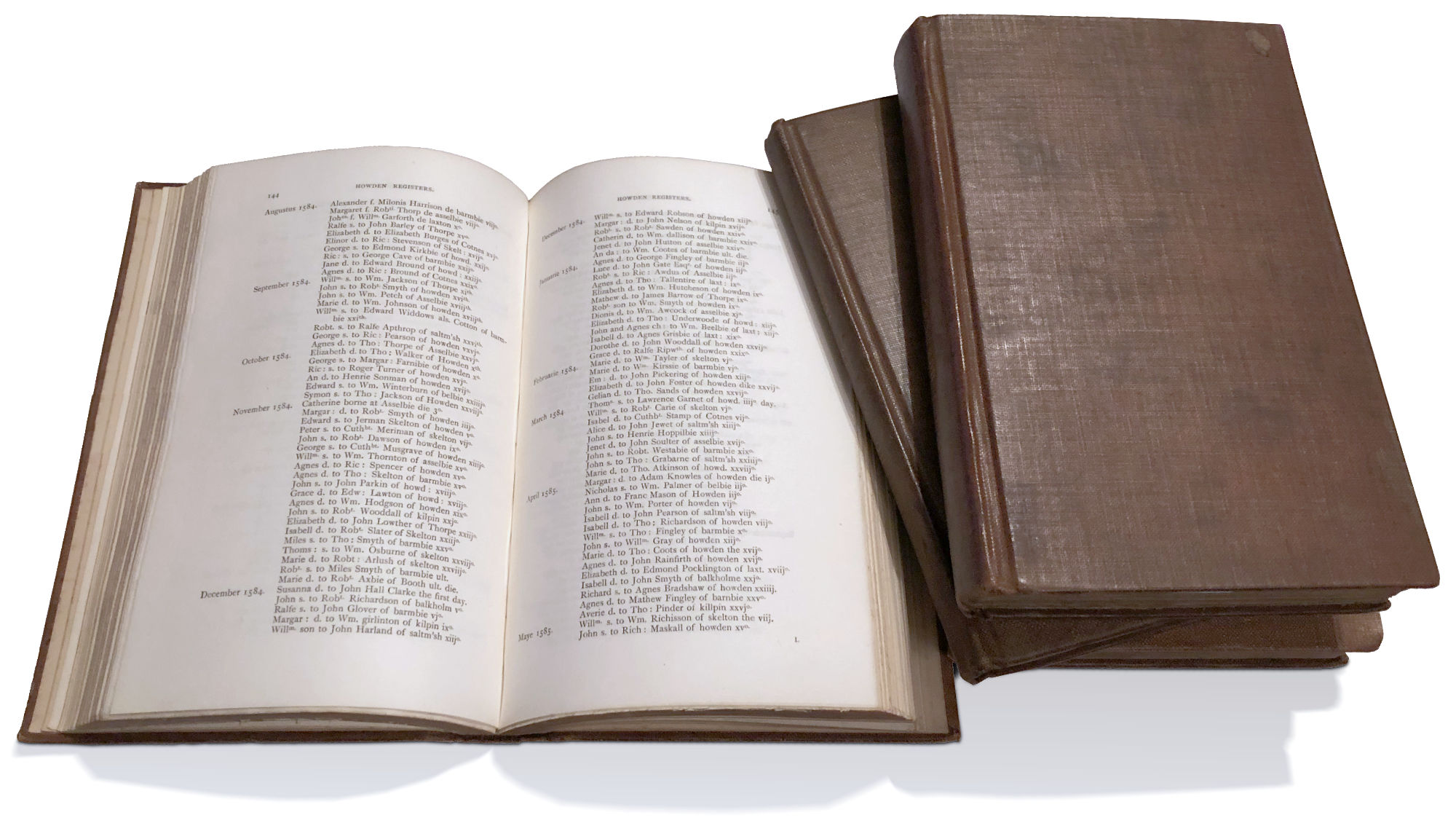
transcribed by the Yorkshire Parish Register Society
This search is complicated however, because the spelling of surnames in the 16th and 17th centuries were not standardized. Spelling in records could change from the birth of one child to the next, or even be spelled different ways in different parts of the same legal document! This is explained by the use of phonetic spelling. In the case of parish registers, the priest or churchwarden would record the name however he thought he heard the name pronounced. Even where misunderstanding pronunciation wasn’t an issue, standardized spelling wouldn’t take hold in England until Samuel Johnson published his dictionary in 1755.
Using a variety of search techniques to overcome errors in digitization, we are able to find over 120 individuals, with spellings over time which were quite diverse: Goforth, Gofourth, Gofourthe, Gofurth, Goffurthe, Goeforth, Gooforth, Gosforth, Goefourthe, Gawforth, Gowforth, Gofirth, and Gofarth.
But curiously we also find the surname recorded as Gofar, Gofarr, Goefar, Gofer, Goffer, Goefer, and Gofher.
These Gofar variants are oddly different, and raise the question of whether or not they even belong within the same family. Let’s take a moment and see how we can definitively connect them together by studying George Goforth of Knedlington.

George is the earliest directly traceable ancestor of living Goforths, and it happens that the larger part of Goforths trace their direct ancestry back to him. He is my 10th great-grandfather. He was first brought to light by the authors of the wonderful and indispensable Goforth Genealogy—Herndon Ware Goforth and his son George Tuttle Goforth.
As we review the following facts, keep in mind that the village of Knedlington—just one mile west of Howden—had a tiny population of about 40 in the 17th century.
George’s last son and namesake George II died in infancy, so the baptism and burial are recorded within months of each other:
Baptism March 1610. George s. to George Goeforth of knedlingt : iij°
Burial May 1611. George s. to George Gofirth of kned : v°
Considering the father’s name, the date, and the sparsely populated location, it’s clear these events concern the same infant.
George’s third son Miles’ baptism was also recorded in Knedlington, making it trivial to connect the events of this single family:
Baptism March 1607. Miles s. to George Gofirth of knedlingt : xvj°
24 years later, still in Knedlington, we find Miles grown and married. When his son William was born (whose life we will discuss in detail in The Voyage of the Martha), his baptism was recorded in this way:
Baptism January 1631. Willm. s. to Miles Gofar of Knedlingt. xv.
And there it is—Goforth and Gofar variants used interchangeably. In fact, out of 21 Knedlington Goforth/Gofar events in the Howden parish registers, eight of them are recorded as Gofar.
We’re on to something, but we need more records. To look further into the past, we need to turn to other sources preceding parish registers:
- Taxes levied and collected on individuals
- Wills
- Grants/purchases/sales of land
- Civil court proceedings
- Jury summons
- Other civil or parish administrative documents
Most have dates and locations associated with them, and some even give us glimpses into the social life of the time. While there aren’t enough records surviving to be able to reconstruct a line of descent, they do provide real insight into the evolution of surnames like Gofar and Goforth—where they clustered geographically, and how they moved and changed their spelling over time.
Our breakthrough comes in the form of a Howdenshire poll tax assessment from 1379, infamously known as the “evil subsidy.” Richard II was England’s 12-year-old boy-king, and the country was 42 years into the Hundred Years War with France. Richard’s uncle needed the funds to make another incursion into France, so they introduced a tax starting at four pence on every resident of England over the age of 16. People whose station was higher due to their title or occupation were taxed gradually more, in relation to their station.
In the assessment records for individuals from the village of Saltmarshe, 3 1/2 miles southeast of Howden, we find:
Saltmersshe De Thoma Saltmersh’ Esquier. xx°s.
De Jacobo Gafare seruant. iiij°d.
This is James (Jacobo in Latin) Gafare, servant to Thomas Saltmarshe, Esquire, after whose estate the village was named. The record indicated that Thomas owed 20 shillings, and James 4 pence.
Thomas’ great-grandfather, Sir Elnard de Saltmarshe (born before 1248) has a beautiful knight effigy monument carved from limestone, circa 1322. It can be viewed in the south transept chapel of Howden Minster.

Of the pre-parish-register Gofaire records, this Saltmarshe poll tax assessment is geographically one of the closest to the Goforths. Once we collect more records from the surrounding area and map them onto a timeline, it becomes clear that Goforth was actually a mutation of the earlier Gofaire surname, of which the Gofar/Gofer variants were a transitional form.
In chapter 2, building on the evidence above, we’ll take a closer look at the Gofaire surname, investigate how and why it changed to Goforth, and take a rare peek behind the curtain of history into the actual documented daily life of a couple of Gofaires in the West Riding of Yorkshire in 1469.




